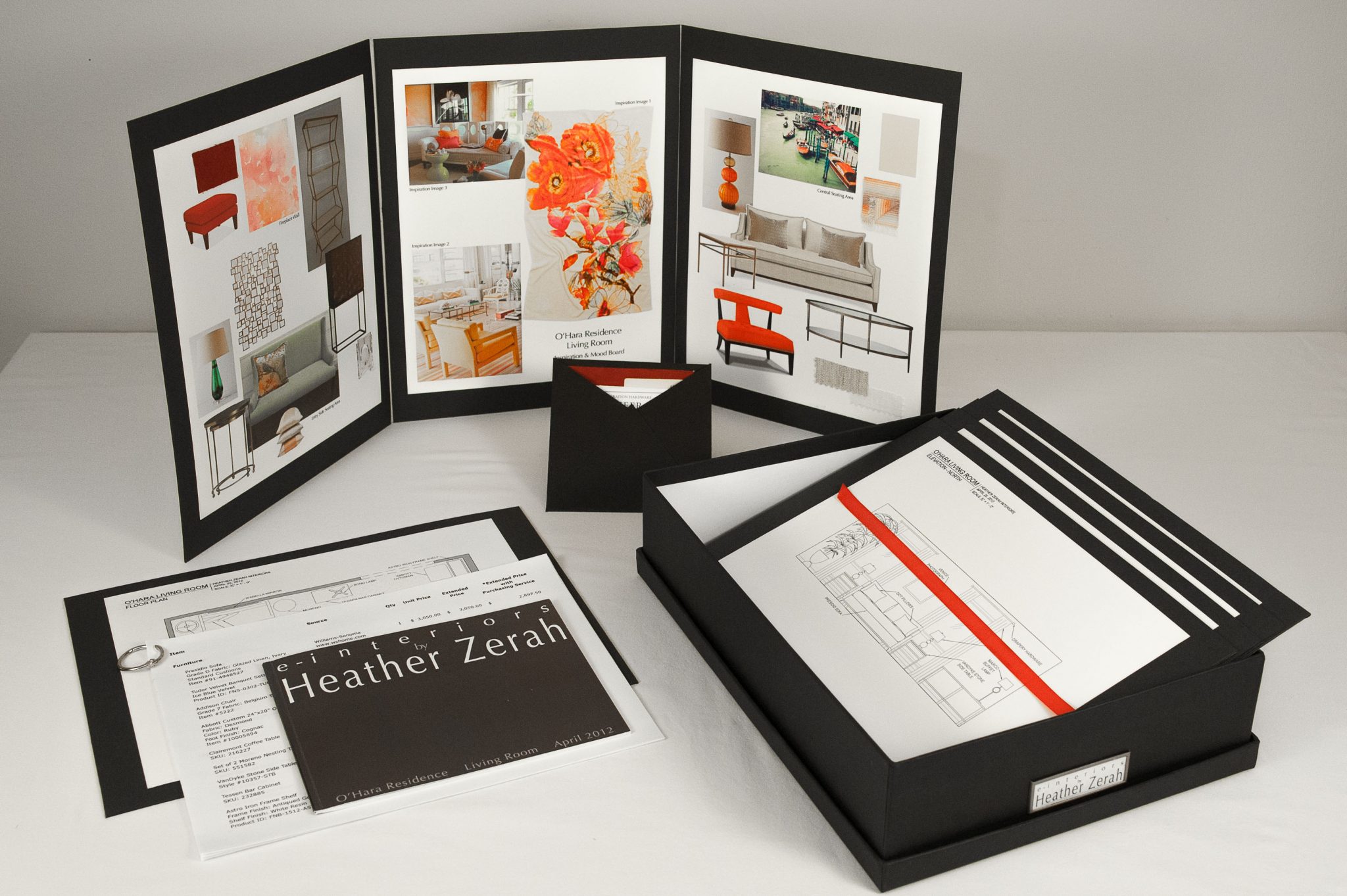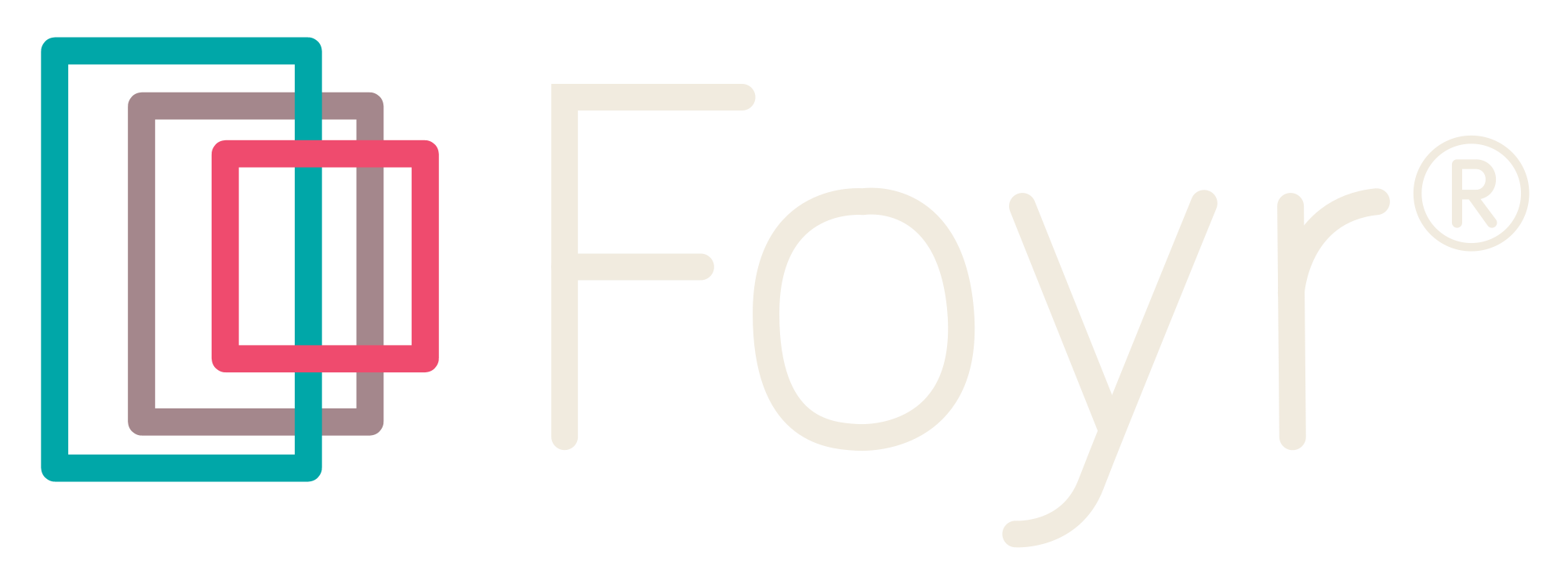Table of Contents
E-design has emerged as one of the most accessible and scalable forms of interior design today. Driven by technology, changing client behavior, and a need for flexibility in post-pandemic lifestyles, virtual interior design is no longer a backup plan—it’s a preferred option.
This guide breaks down how e-design works, why it thrives in 2025, and what tools, techniques, and strategies designers need to build a thriving online design business.
What Is E-Design?
E-design is a fully remote interior design service where professionals work with clients through online tools, skipping in-person consultations. From style questionnaires to 3D walkthroughs and clickable shopping lists, every step of the design process happens virtually.
Key reasons it’s thriving now:
- Increased remote work and schooling
- Higher digital literacy among clients
- Affordable pricing models (usually $19–$299/room)
- Rise of platforms offering AI-assisted design suggestions
Why E-Design Works in 2025
- Wider Reach: Designers can now serve clients globally.
- Speed and Scale: Projects can be completed in days, not weeks.
- Client Control: DIY-inclined homeowners appreciate executing designs on their own time.
- Better Visual Tools: High-fidelity 3D renderings and AR previews reduce uncertainty.
See also – How to Design Your Virtual Office During COVID-19?

Benefits for Clients and Designers
1. Convenience and Flexibility
Clients can upload room photos, fill out digital questionnaires, and get personalized designs—all without leaving home. Designers set their hours and scale their work according to availability.
2. Cost Efficiency
- E-design eliminates travel, showroom visits, and overhead.
- Typical pricing: $19–$299 per room.
- Platforms like Modsy and Decorist saw 90–275% growth in 2020–2023, and that trend has continued into 2025.
3. Enhanced Design Options
- Clients get pro-level recommendations without full-service rates.
- Ideal for small upgrades, one-room makeovers, or starter homes.
- 3D and AI tools provide faster, smarter visualizations.
Which is the Best Software to Enable E-design in the New Normal?
Here is the list of the best E-design software that qualifies design in the new aspect.
| Software | Price | Average Score | Free Trial Available |
|---|---|---|---|
| Foyr Neo® | $49/month | Yes | |
| SketchUp® | $299/month | Yes | |
| Maya® | $205/month | Yes | |
| AutoCAD® | $210/month | Yes | |
| Revit® | $305/month | Yes | |
| 3Ds Max® | $205/month | Yes | |
| Homestyler® | Free Version Available | Yes | |
| Blender® | $17/month | Yes | |
| HomeByMe® | $29.90/month | Yes | |
| Planner 5D® | $49.99/month | Yes | |
| RoomStyler 3D Home Planner® | Free Version Available | Yes | |
| SmartDraw® | $5.95/month | Yes | |
| Ivy® | $149/month | Yes | |
| Ikea Home Planner® | Free Version Available | Yes | |
| Houzz Pro® | $58/month | Yes |
Core Components of an E-Design Package
1. Online Consultations
- Platforms use tools like Zoom, Acuity, or embedded forms.
- Clients provide measurements, photos, and mood board inspirations.
- Clear kickoff calls align expectations on style, budget, and timeline.
2. Mood Boards & Design Concepts
- Based on questionnaire insights (style, colors, function).
- Typically includes two design concepts per space.
- Tools: Canva, Morpholio, Figma
3. 3D Renderings & Floor Plans
- Visualization tools like Foyr Neo or SketchUp bring layouts to life.
- Clients can explore rooms in 3D before making purchases.
4. Furniture and Decor Sourcing
- Platforms like Stuccco and Wayfair offer wide vendor access.
- Clients receive clickable shopping lists tailored to their space.
- Designers may offer sourcing-only packages for clients seeking flexibility.
5. Implementation and Follow-Up
- Some designers offer coaching calls or walkthroughs post-delivery.
- Check-ins via email or video to answer questions and troubleshoot.
Top Software for E-Design in 2025
|
Tool |
Use Case |
| Foyr Neo | All-in-one platform: floor plans, 3D renders, client feedback, project files |
| Stuccco | Virtual staging, flexible product sourcing |
| SketchUp | Advanced modeling for detailed projects |
| Canva / Figma | Mood boards and collaborative visuals |
| Acuity / Calendly | Booking and calendar integration |
Pro Tip: If you’re offering e-design services and want high-quality results, Foyr Neo is a must-have. It’s user-friendly, lightning fast, and built to help interior designers collaborate, create, and convert. Start your 14-day free trial.
Building an Online Presence That Converts
Professional Website
- Include service packages, testimonials, and a contact form.
- Embed client onboarding tools like style quizzes or scheduling apps.
- SEO-optimize for keywords like “online interior designer” or “virtual room makeover.”
Portfolio Building
- Highlight 3–5 of your best projects with before/after visuals.
- Include links to 3D walkthroughs or interactive render previews.
- Use platforms like Behance or your own site for long-form case studies.
Social Media Strategy
- Prioritize Instagram and Pinterest—both visual, high-converting platforms.
- Post reels showing design transformations and mood board reveals.
- Use hashtags like #OnlineInteriorDesign, #EDesign2025, #VirtualStyling
Email & Blog Marketing
- Launch a simple newsletter for tips, project showcases, and offers.
- Write SEO blogs like “How to Choose the Right E-Design Package” or “Mood Boards vs. 3D Renders: What You Need.”
Enhancing Client Interaction
- Video Walkthroughs: Record Loom or Zoom tours of the final design.
- Interactive Prototypes: Tools like Figma allow clients to leave comments directly on mood boards or room plans.
- Design Portals: Provide a Google Drive or Mydoma project folder with all deliverables.
Marketing Tips for 2025
1. Instagram First, Then Expand
- Over 90% of Instagram users follow business accounts.
- Stories + reels outperform static posts. Use transformation videos.
2. Referrals and Reviews
- Add incentives for referrals (e.g., free consults or discounts).
- Feature glowing testimonials in ads, emails, and your homepage.
3. Paid Ads (When Ready)
- Target ads at DIY homeowners or busy professionals in specific cities.
- A $100 ad campaign can yield 2–3 leads if optimized well.
4. Join Online Communities
- Be active in design forums, Facebook groups, Reddit, or Slack groups.
- Offer free value before pitching services.
Final Thoughts: E-Design Isn’t Just Thriving—It’s the Future
The new normal has proven that virtual design isn’t a compromise—it’s a smarter, more scalable way to build a business. With low startup costs, global reach, and tech that rivals in-person consultations, there’s never been a better time to launch or grow your e-design studio.
Whether you’re building mood boards or offering luxury full-room makeovers, you’ll need the right tools.
Foyr services empowers designers with everything from 2D layouts to 12K 3D renders, editable files, and project collaboration—all in one platform.
Try Foyr Neo free for 14 days and experience how modern interior design is getting done in 2025.








